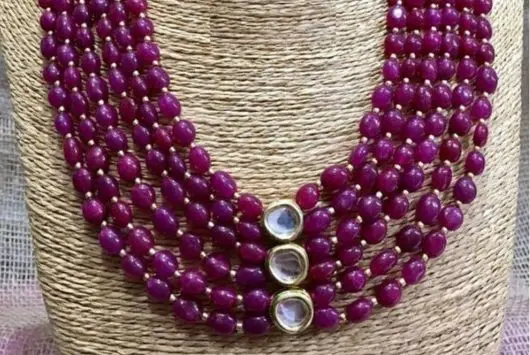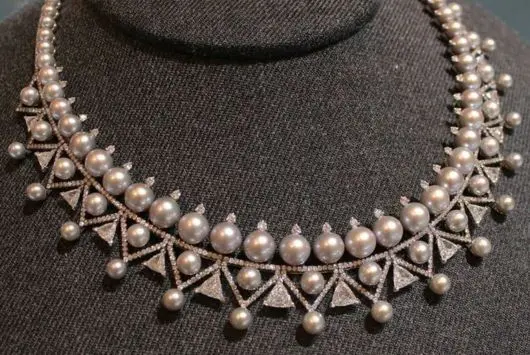SEMI-PRECIOUS STONES JEWELRY
Semi Precious Stones Jewelry – Affordable Elegance with Endless Colors
At Lambodar Girija International Exim, we offer a stunning collection of semi precious stones jewelry crafted with precision and care. Known for their affordability, wide range of colors, and unique natural beauty, semi-precious stones bring individuality and charm to every jewelry piece. From rings and necklaces to earrings and bracelets, our designs showcase both tradition and modern artistry.


Types of Semi Precious Stones Jewelry
Popular Types of Semi Precious Stones
Amethyst – Deep purple quartz symbolizing spirituality.
Citrine – Golden-yellow quartz representing abundance.
Aquamarine – Blue beryl with a calming oceanic hue.
Garnet – Fiery red stone symbolizing passion and strength.
Peridot – Green gemstone associated with healing and renewal.
Topaz – Brilliant stone available in yellow, blue, and pink.
Turquoise – Blue-green mineral known for protection and communication.
Opal – Stone of play-of-color and transformation.
Lapis Lazuli – Royal deep blue gemstone with golden flecks.
Moonstone – Mystical stone with a soft, glowing sheen.
Tiger’s Eye – Golden-brown stone for grounding and protection.
Composition & Hardness
Semi-precious stones generally fall between 5–8 on the Mohs scale, making them durable yet softer than precious stones.
Amethyst – 7
Garnet – 6.5–7.5
Topaz – 8
Turquoise – 5–6
Peridot – 6.5–7
Cut, Size & Shapes
Available in a wide variety of cuts to suit all designs:
Round, Oval, Cushion, Pear, Marquise, Emerald Cut
Cabochon (smooth domes for opals/turquoise)
Bead Cut (ideal for bracelets & necklaces)
Color & Clarity
Semi-precious stones are admired for their vibrant hues and natural inclusions.
Amethyst – Light lavender to deep purple.
Aquamarine – Clear, ocean blue.
Turquoise & Opal – Unique inclusions add to their charm.
Common Jewelry Settings
Prong Setting – Classic and elegant.
Bezel Setting – Secure with a modern look.
Pave Setting – Adds sparkle with clustered stones.
Channel & Cluster Settings – Ideal for statement jewelry.
Semi Precious Stones Jewelry Designs
Rings – Solitaire or cluster styles.
Necklaces & Pendants – Bezel and prong-set stones.
Bracelets – Beaded, bangles, or cuffs.
Earrings – Studs, drops, and hoops.
Brooches & Pins – Vintage-inspired elegance.
Symbolism & Beliefs
Many semi-precious stones carry cultural and healing significance:
Amethyst – Spirituality & protection.
Garnet – Love & energy.
Citrine – Prosperity & happiness.
Turquoise – Healing & communication.
Opal – Transformation & creativity.
Durability & Care
Avoid harsh chemicals and chlorine.
Clean with mild soap and water using a soft cloth.
Store in a separate pouch to avoid scratches.
